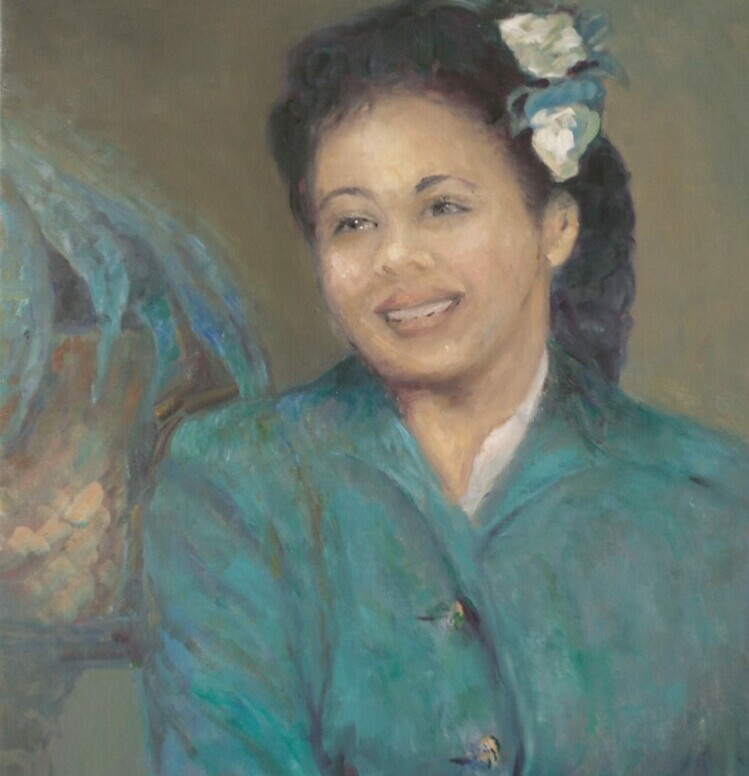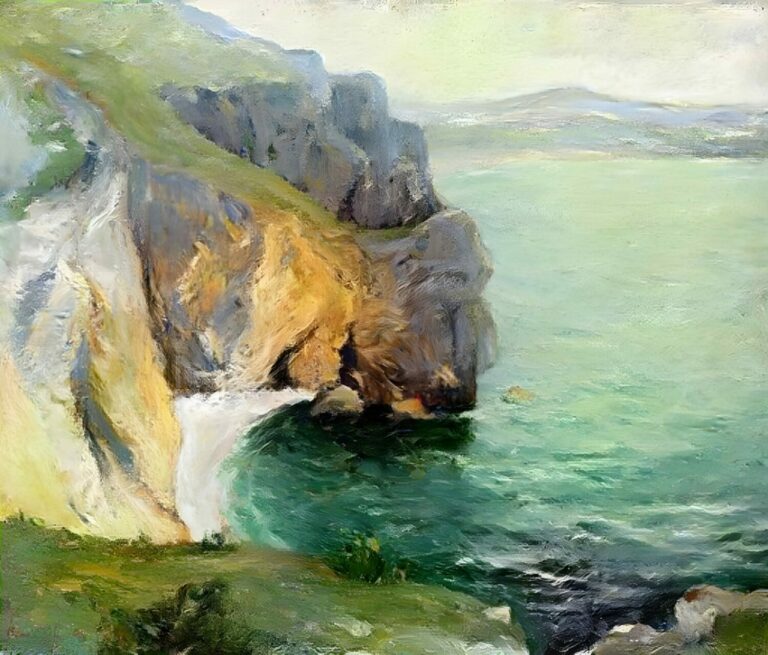Impressionist Portraits: Capturing The Essence Of Humanity
I’m going to introduce you to Impressionism, a movement that changed the face of art—quite literally. Impressionist painters didn’t just aim to replicate reality; they wanted to evoke emotion and the essence of the moment.
You’re going to find out about the human touch that makes Impressionist works so relatable. Imagine a canvas capturing not just an image, but the mood, the atmosphere, and the fleeting expressions of its subjects. That’s the magic of Impressionism.
This isn’t just about daubs of paint on a canvas; it’s also about a revolutionary technique that captures fleeting emotions and expressions. The Impressionists studied how light interacted with the world and used it to compose portraits that feel alive, and brimming with energy.
Now, who were these artists bold enough to break from tradition? Profiles of legendary  artists, from the serene canvases of Claude Monet to Edgar Degas’s introspective figures, and Pierre-Auguste Renoir’s joyful depictions of life, each had their way of translating humanity onto canvas.
artists, from the serene canvases of Claude Monet to Edgar Degas’s introspective figures, and Pierre-Auguste Renoir’s joyful depictions of life, each had their way of translating humanity onto canvas.
Behind the Brushstrokes: Understanding the Artists’ Intentions
When you gaze upon an Impressionist portrait, you’re not just witnessing a visual spectacle; you’re entering the mind of the artist. The intentions behind these brushstrokes carry psychological depth and a narrative that traditional portraits seldom venture into. I’m going to shine a light on what these artists aimed to capture and convey about the human experience.
It was a time of rapid change. The late 19th century, when Impressionism was at its peak, was marked by industrial revolution and urbanization. This societal transformation deeply influenced Impressionist portraiture. While historical portraits often showcased status and wealth, Impressionists sought to depict a more genuine human condition, reflecting the diversity and dynamics of modern life.
Color and light serve as the translators of emotion in Impressionist works. These artists moved away from the restrained palette of their predecessors, using vibrant hues to capture the spirit of their subjects. The way the light-dappled faces, the choice of shadow, and the texture of paint strokes all worked in concert to suggest the mood and personality of the figure on the canvas.
Comparing Impressionist portraits to their classical counterparts underscores a fundamental shift. Gone was the staged, static representation of individuals, replaced by snapshots of life in which the sitter’s personality was as important as their social stature. You can always adjust your approach down the road, but for the Impressionists, the time to evoke the subject’s essence was as they sat before them, lives unfolding in real-time.
Emotions in Color: Exploring Iconic Impressionist Portraits
I’m going to take you on an intimate stroll through the gallery of iconic Impressionist portraits. Imagine walking past the brushed canvases dripping with raw emotions and moments caught in vivid hues. Notable portraits like Renoir’s ‘Madame Charpentier and her Children’ or Monet’s ‘Camille’ aren’t just spectacular because of their technique, but for the heartbeats they capture.
Understanding the emotional language of Impressionist artwork is akin to interpreting the silent words in a lover’s gaze. It involves peering beneath the surface of the paint, to where passions and day-to-day human stories reside. Each portrait is a whispered secret, an intimate reveal of the sitter’s soul as seen through the artist’s empathetic eyes.
The relationship between subject and artist was often a dynamic dance, delicately influencing the portrayal. Think of Edgar Degas and his ‘L’absinthe’, where the sitter’s desolate expression speaks volumes of the era’s social realities, understood and poignantly conveyed by Degas. The sitter’s role was more than just a muse; they were a vessel of shared human experience, cast onto the canvas for eternity.
These artworks still resonate today because they capture an echo of what it means to be human; a timeless quality that transcends a specific moment. They beckon modern spectators to pause and reflect, finding pieces of their narratives reflected at them, thus bridging centuries with a single glance.
As we prepare to transition into the final leg of our exploration, remember the rich tapestry of emotions displayed in these portraits, and consider how they have managed to influence hearts and art forms well into the present day. This isn’t just about historical significance; it’s also about understanding the continuous thread of human expression.
Preserving Humanity’s Facets: The Ongoing Influence of Impressionism
I’m going to wrap things up by placing our beloved Impressionist portraits in the modern context. It’s one thing to look back on these incredible pieces with awe, but another to uncover their significance today. Impressionism changed the art world, and its influence extends far beyond its century-old origins.
The enduring legacy of Impressionism isn’t just stored within climate-controlled museum walls; it’s etched into the practices of countless contemporary artists. You’re going to find out about how these time-honored techniques pave the way for modern portrayals of humanity.
In my opinion, the lessons from Impressionist portraits are fundamental to understanding character depiction. They teach artists to prioritize the essence over the exact, to capture more than just an appearance—conveying spirit and emotion.
Truth be told, with each passing day, Impressionism becomes more relevant. In a digital age flooded with images, the authentic, emotive power of Impressionist techniques stands out. It’s no wonder we see a resurgence of interest in this art form, with adaptations sprouting up in digital art and multimedia projects.
So, as we continue to navigate a world brimming with technological advancements, let’s not forget to honor the timeless impact of Impressionist portraits. Whether you’re an art enthusiast, a practicing artist, or a curator of the human experience, you can always draw inspiration from the revolutionary vision of the Impressionists.



